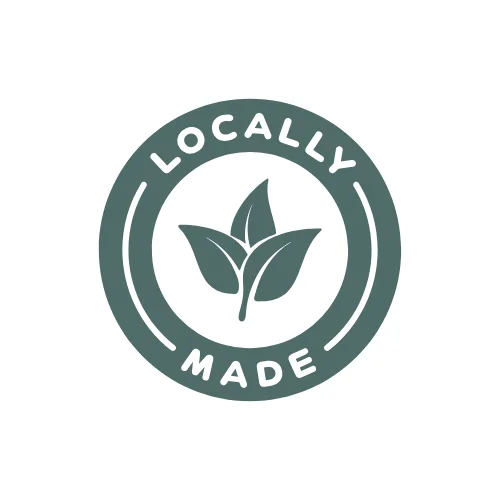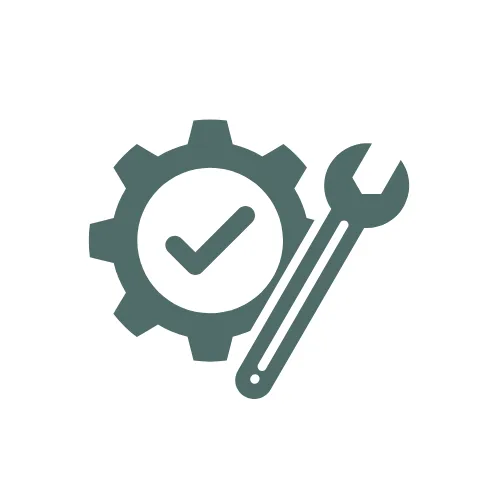April 5, 2016
 If you have plenty of open space around your home and want to spend a productive time outdoors, you should start a vegetable garden. This will enable you to enjoy growing your own vegetables and obtain fresh produce for your kitchen, canning purposes, or just by giving them away. The first steps when planning a vegetable garden are locating the site and determining its size. You should start small and expand your vegetable garden over the years.
If you have plenty of open space around your home and want to spend a productive time outdoors, you should start a vegetable garden. This will enable you to enjoy growing your own vegetables and obtain fresh produce for your kitchen, canning purposes, or just by giving them away. The first steps when planning a vegetable garden are locating the site and determining its size. You should start small and expand your vegetable garden over the years.




